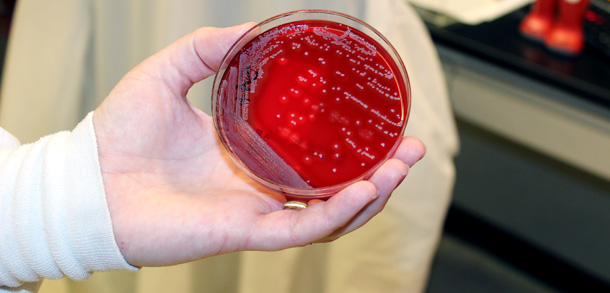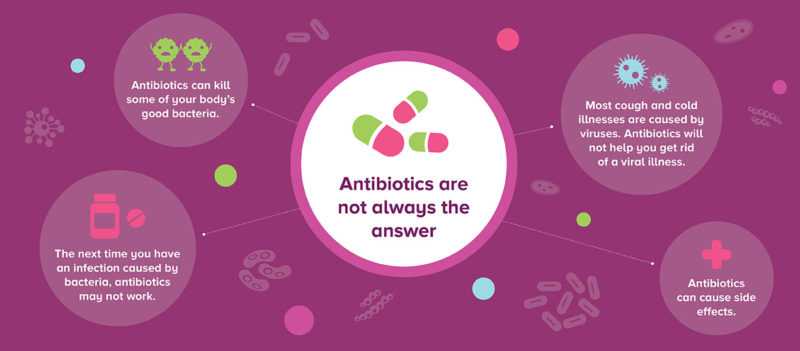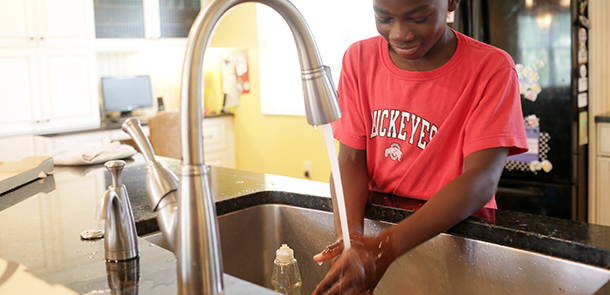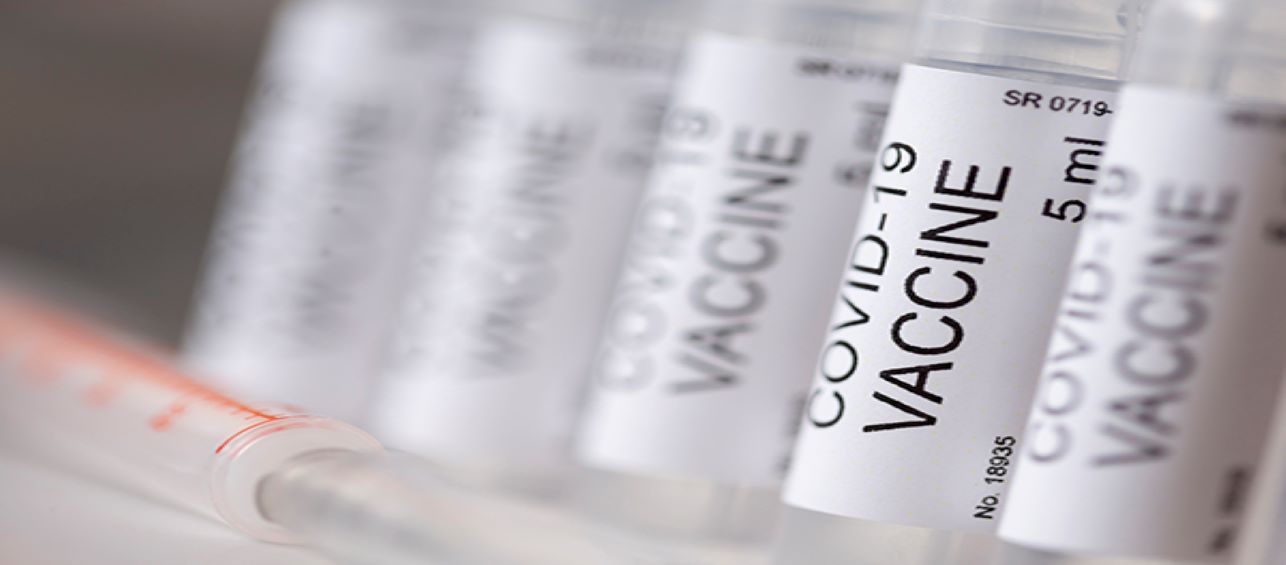Whenever I tell people I work at Cincinnati Children’s, the first question they ask is “Are you a nurse?” It’s a natural assumption given that the nursing staff comprises a hefty percentage of our work force. But my answer is, “Actually, I work in the microbiology lab.” Puzzled expression. Pause. “Micro what?”
I am part of a team of 30 or so clinical microbiologists who staff the micro lab, or Diagnostic Infectious Disease Testing Laboratory as it is officially called. Our team works behind the scenes and we aren’t well-known, but we’re an important part of clinical care for many patients. We are the germ detectives.
When doctors place an order for a “culture,” the sample they collect comes to us.
In a small lab on the fourth floor of the B building, among stacks of petri dishes, towering incubators and lots of humming instruments, is our team. We use every tool available to us to identify any agents of infectious disease that are in patient samples.
As a team, we are bound together by a love of science, a fondness for Sharpies and most importantly, a commitment to do anything and everything we can to identify the bacterial, viral, fungal or amoebic agents that are making our patients sick.
We are germ whisperers. We coax elusive pathogens out of hiding. We cater to their finicky needs with individually tailored diets, climates, and atmospheric conditions. We do this because we need to know what we are up against to be able to recommend the most effective therapeutic options for patients.
We issue over 700 results per day, from Gram stains to rapid antigens to antimicrobial susceptibilities to, well, you get the idea. And we receive and process new specimens continually.
Our work looks a bit like this:
While we are definitely not the most visible members of the care team, we hope our patients know that clinical microbiologists are working around the clock to inform their care and achieve the best outcomes possible. And any time a culture sample is collected and sent off, we hope you’ll be able to picture us in our lab and know that we’re using all sorts of cool science to help kids feel better faster.










An excellent article by Elicia! What is little known – or appreciated – is the fact that without diagnostic clinical laboratories we might as well kiss good medical practice goodbye. The lab is where the data is gathered so that the clinical staff can knowledgably treat patients. Professionals like Elicia are highly trained in the sciences, minimally on the two year Associate Degree level but more commonly with a baccalaureate degree. A clinical practicum is part of their course of study. They must then meet stringent testing requirements to be certified by professional agencies. The learning process never stops for a laboratory professional. I am retired from the Children’s Hospital Laboratory system and attest to the dedication and expertise of my colleagues. They are the best.